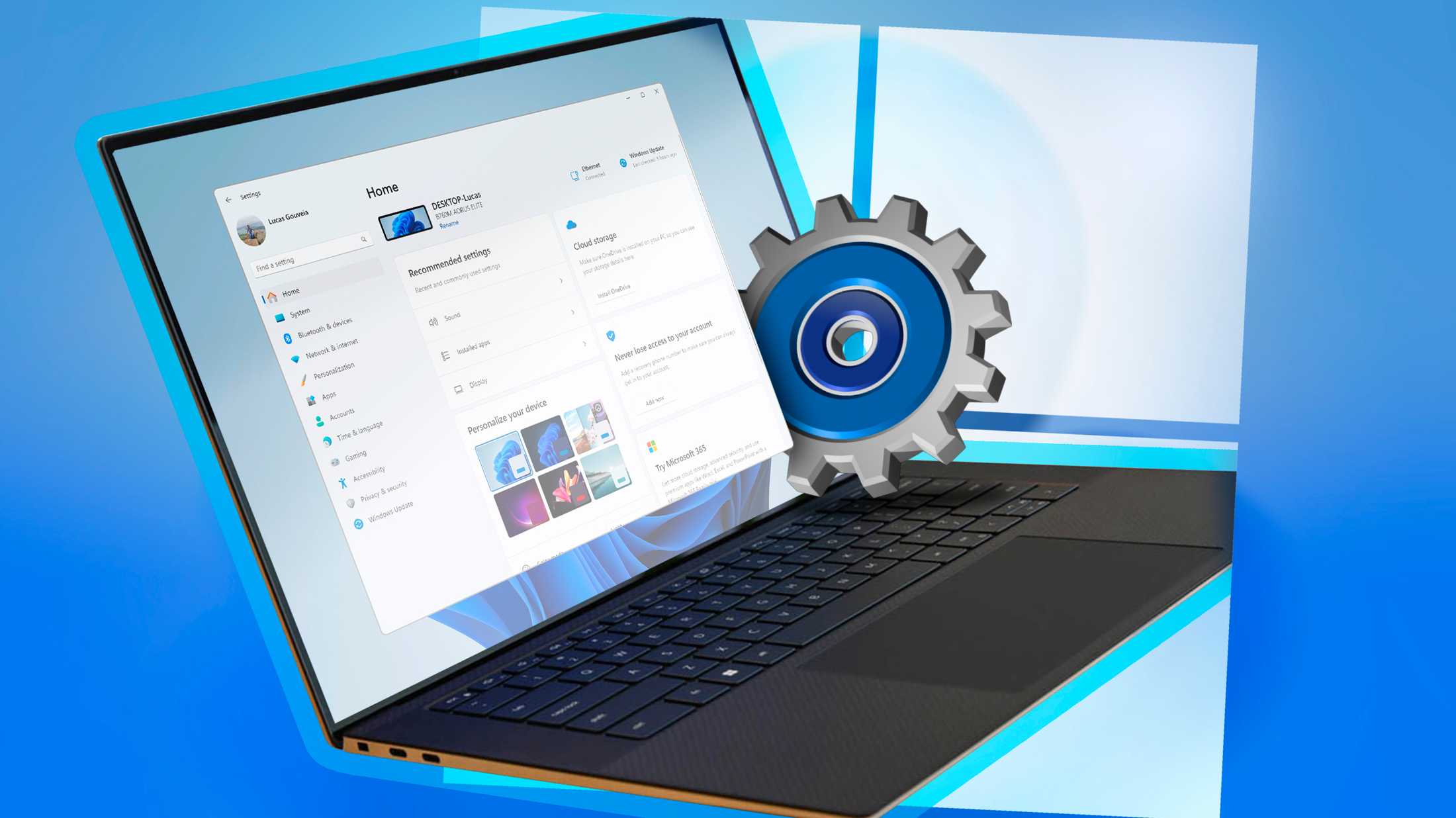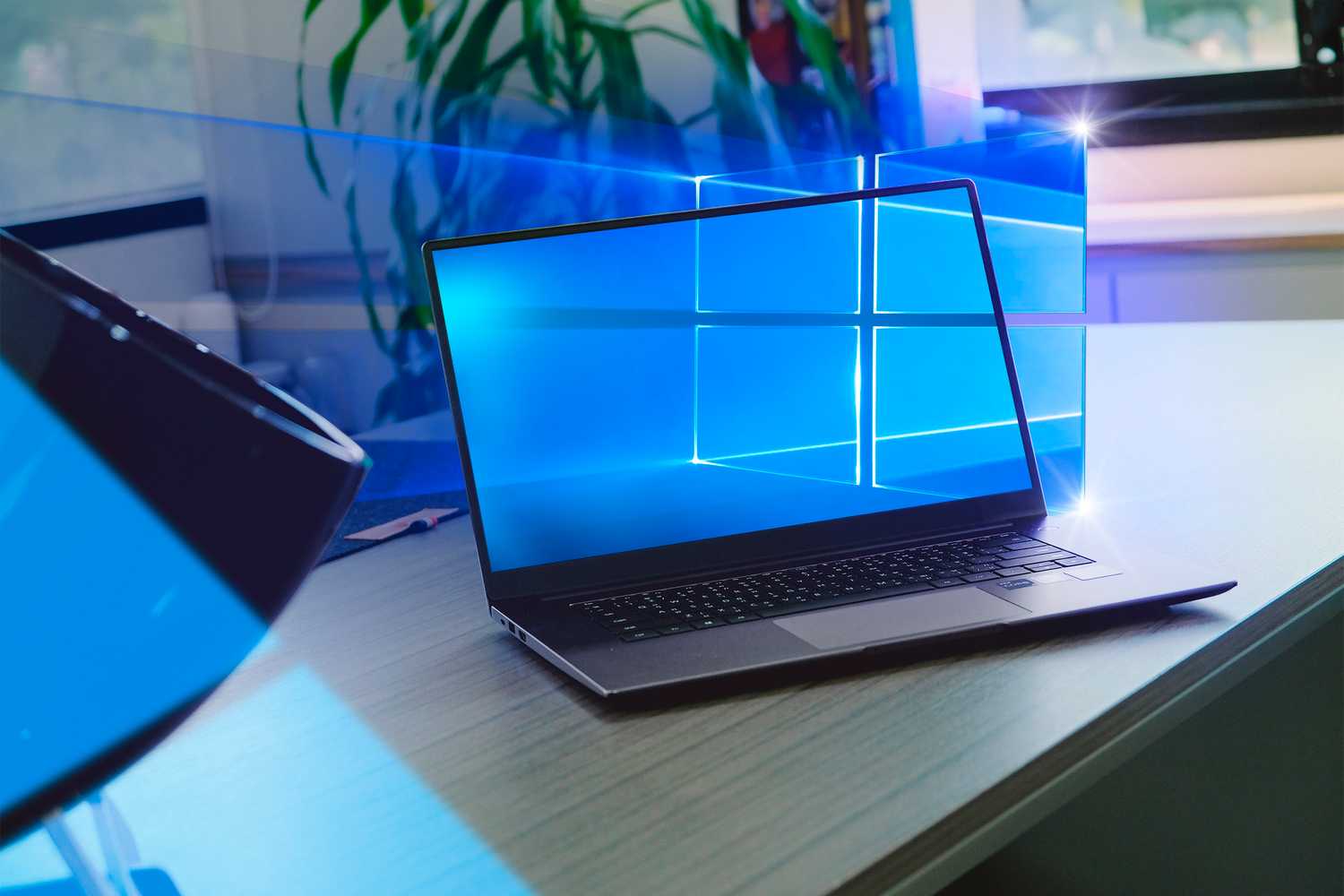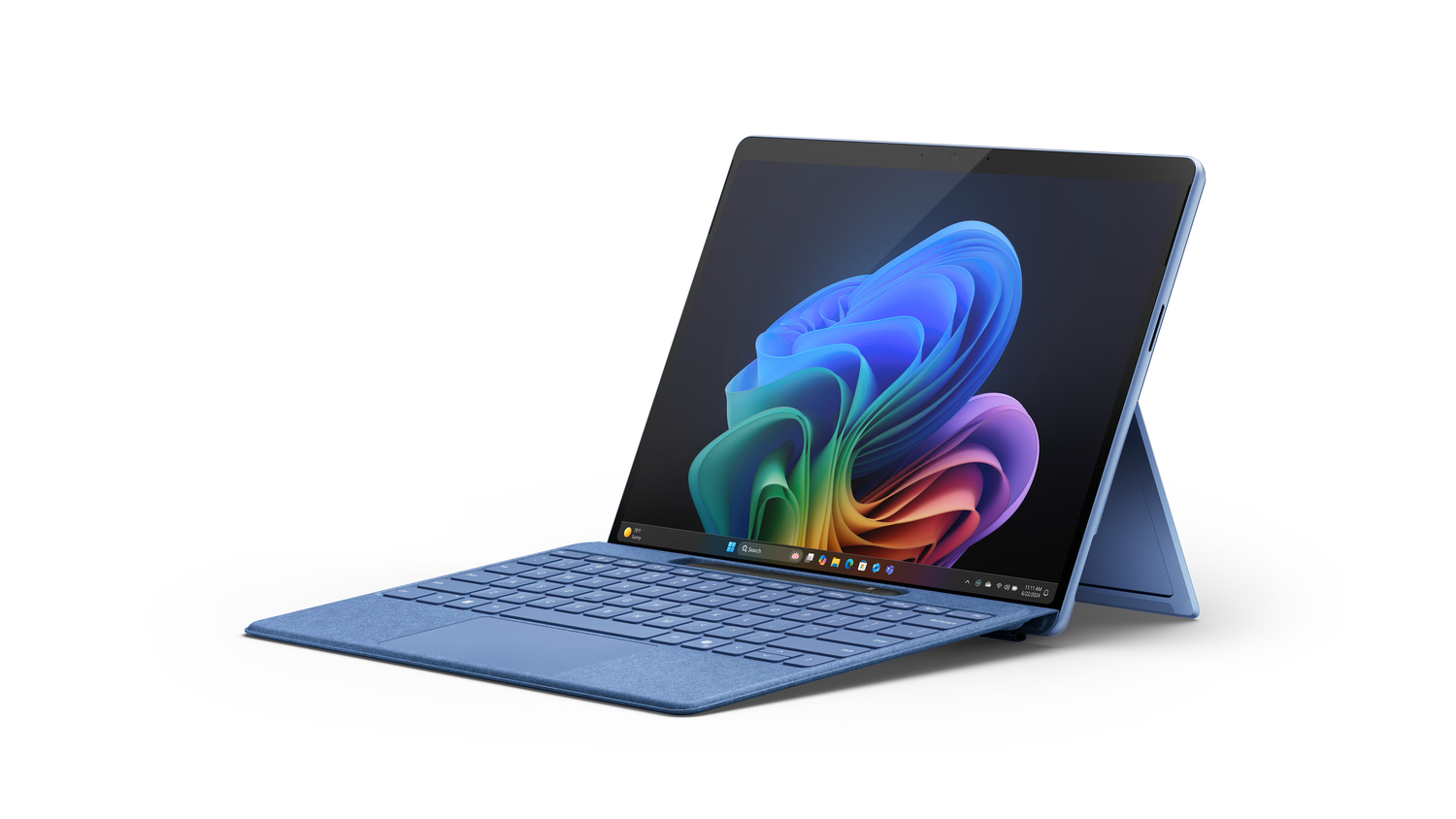1. Windows Vista’s User Account Control (UAC)
Image Suggestion: Screenshot of a Windows Vista UAC pop-up on the desktop.
When Microsoft launched Windows Vista, one of its most hated features was User Account Control (UAC). While designed to improve security by asking users to confirm potentially dangerous actions, it became infamous for its constant, annoying prompts. The sheer frequency of these pop-ups led many to disable UAC altogether, rendering the feature practically useless.
2. The Removal of the Start Menu in Windows 8
Image Suggestion: Side-by-side comparison of Windows 7’s Start Menu and Windows 8’s tile-based Start screen.
In a bold move, Microsoft removed the iconic Start Menu in Windows 8, opting for a new tile-based interface aimed at tablet users. The decision left desktop users bewildered and frustrated, sparking an uproar. Many turned to third-party solutions to bring the Start Menu back. Microsoft eventually acknowledged the mistake and partially restored the Start Menu in Windows 8.1, but the misstep highlighted the company’s disconnect from its user base.
3. Windows ME (Millennium Edition)
Image Suggestion: A screenshot of the Windows ME desktop with a system crash or error message.
Windows ME, often ranked as one of the worst operating systems ever, was supposed to be an upgrade to Windows 98. Instead, it introduced more problems than it solved. The OS was notorious for instability, frequent crashes, and compatibility issues with older software. It was so unreliable that many users quickly reverted to the more stable Windows 98.
4. Windows 10’s Forced Updates
Image Suggestion: A frustrated user facing a "Restarting to install updates" screen on Windows 10.
Though Windows 10 has been praised overall, its forced update system caused headaches for many users. Early on, these updates caused critical problems, including system crashes (BSODs) and even data loss. The lack of control over when updates occurred prompted widespread frustration, forcing users to find workarounds just to maintain stability.
5. Windows Genuine Advantage (WGA)
Image Suggestion: A Windows XP desktop with the "This copy of Windows is not genuine" message.
WGA was Microsoft’s attempt to combat software piracy by verifying whether copies of Windows XP were genuine. Unfortunately, WGA often incorrectly flagged legitimate copies of Windows as pirated, leading to restricted access to updates and features for innocent users. This misstep caused a PR disaster, highlighting the limits of anti-piracy measures at the time.
6. The Charms Bar in Windows 8
Image Suggestion: A screenshot of the Charms Bar on a Windows 8 desktop.
The Charms Bar, another feature introduced in Windows 8, was meant to make navigation easier across devices. While tablet and touchscreen users appreciated its quick access to features like search and settings, desktop users found it intrusive and unnecessary. The Charms Bar became yet another example of Microsoft over-prioritizing mobile features at the expense of desktop usability.
7. Cortana – The Unwanted Assistant
Image Suggestion: A screenshot of Cortana’s introduction on a Windows 10 PC.
Cortana, Microsoft’s answer to Siri and Google Assistant, never gained the popularity its creators had hoped for. While promising as an AI-powered voice assistant, it lacked the functionality and refinement of its competitors. Limited capabilities and an awkward desktop integration led to widespread user disinterest. Eventually, Microsoft phased out Cortana, replacing it with newer AI tools like Copilot.
Innovation and Its Missteps
Image Suggestion: A collage of different Windows versions through the years.
Microsoft’s drive to innovate has kept it at the forefront of the tech industry, but it hasn’t always hit the mark. While these seven missteps highlight some of the company’s most notorious failures, they also show a willingness to take risks and evolve. After all, even giants learn from their mistakes.







